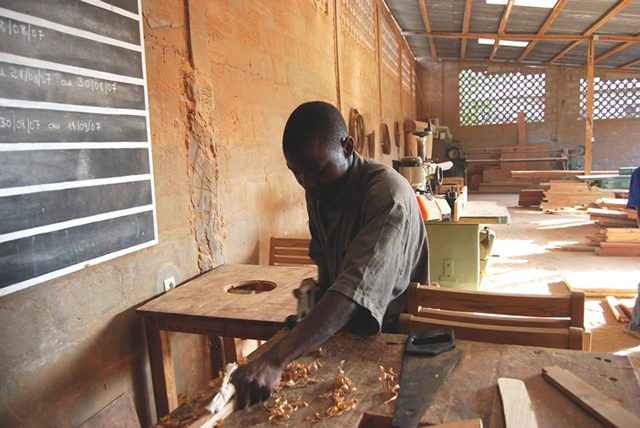Innovation crucial for SMEs financing


Properly organised SMEs can utilise the advantage of strength of numbers and develop bankable proposals which should be used to attract debt finance
Sanderson Abel
Financial innovation can be defined as the act of creating and then popularising new financial instrument. This includes advances over time in the financial instruments and payment systems used in the lending and borrowing of funds and the execution of financial transactions.These advances include innovations in technology, risk transfer and credit and equity generation. The creation of new technological advances in the financial products market has potential to increase amounts of credit to borrowers.
Is it possible to think
outside the box?
Under the multi-currency regime the ability of banks to lend to the private and public sector is a function of the different sources of liquidity. The main sources of the scarce liquidity are export earnings, diaspora inflows, offshore credit lines, foreign direct investment inflows and capital transfers including grants. These sources of financing continue to dwindle while at the same time the expectations from all sectors continue to grow.
The SME sector is one of those sectors that require financing since the economy has undergone tremendous transformation which saw this sector playing a pivotal role in the economy.
With scarcity of financing mechanisms, there is need for the players in the various sectors of the economy to start thinking outside the box on how they can finance their various operations.
The SMEs are not spared either hence the need to become innovative in their sourcing of finances. Innovative financing should ensure the availability of stable financing. These financing resources must be predictable over the time frame required by the sector players so as to make planning possible.
What are the prerequisites for innovative financing?
Successful and sustainable innovative financing mechanisms require that the SME sector should be well organised. Resources have a tendency to follow where there is order and formal structures. Tobacco farming is a good example. With properly organised structures, the players in the sector should at times be in a position to borrow as a group rather than as individuals by using accumulated resources in savings as collateral.
Under this arrangement, the resources of the group can act as the guarantor of the members. Various players in the SME sector can formalise their structures and come up with a register and dedicated membership so as to build resources through monthly/quarterly contributions. These contributions would then be used as seed funds which can be placed in a bank and form the bedrock of any borrowing that these organisations can undertake on behalf of their members.
Innovative financing would have little chance of success if potential contributors are not convinced that their contribution would add value to their business ventures and if there is lack of transparency on how their contributions are being managed.
The innovative methods of financing should also be able to draw funds from a much wider range of sources than conventional financing.
Properly organised SMEs should utilise the advantage of strength of numbers, ability to be organised and develop bankable proposals which should be used to attract debt finance. Under this arrangement, the SMEs sector should be able to approach institutional investors such as insurance and pension funds as venture partners.
This organised framework assists the potential investors or funders to view the organisation as a single entity rather than as various fragmented institutions.
How can leasing be an
innovative financing
mechanism for SMEs?
A lease is a contractual arrangement between two parties whereby a party that owns an asset lets another party use/hire the asset for a predetermined time in exchange for periodic payments. Leasing focuses on the lessee’s ability to generate cash flows from business operations to service the lease payment, rather than on the balance sheet or on past credit history.
This explains why leasing is particularly advantageous for the majority of SMEs that do not have a lengthy credit history or a significant asset base for collateral. The equipment obtained through leasing could be shared among group members in a transparent manner so that all members have equal access.
With the economic transformation that has taken place in Zimbabwe over the last decade, it seems that the financial services sector and the stakeholders in the economy should embrace new innovations so that new economic structures (SMEs, new farmers, etc.) can get adequate funding through innovative financing mechanisms, products and systems.
Sanderson Abel is an Economist. He writes in his capacity as Senior Economist for the Bankers Association of Zimbabwe. For your valuable feedback and comments related to this article, he can be contacted on [email protected] <mailto:[email protected]> or on numbers 04-744686 and 0772463008.











Comments